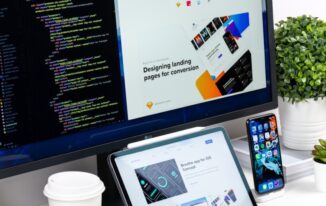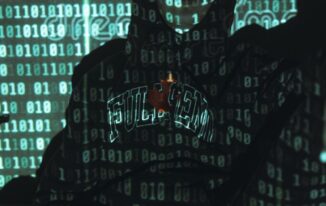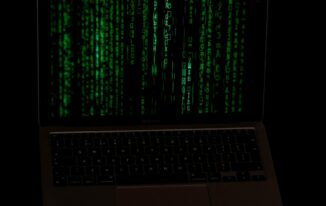The rush to hybrid and fully-remote work has turned employee-monitoring software from a niche IT utility into an operational backbone. Gartner figures reported by WIRED show that 60 % of large employers already run some form of digital monitoring—a proportion expected to reach 70 % within the next few years. But while adoption is soaring, not every platform serves the dual goal of visibility and trust. Harvard Business Review warns that poorly chosen tools—such as apps that grab screenshots every ten minutes—can erode morale and drive disengagemen. Selecting the right feature set, therefore, is as much an HR decision as a technical one. Below are six capabilities to prioritise when evaluating work-from-home monitoring solutions.
1. Real-time activity and productivity analytics
Look for dashboards that surface active versus idle time, application usage and task context in near real time—without forcing managers to wade through raw log files. Solutions such as work from home monitoring software bundle activity timelines with productivity scores and trend charts, letting supervisors spot bottlenecks early rather than after a missed deadline. Fine-grained visibility at the minute level is useful; the ability to roll those minutes into team-level heat maps and weekly progress snapshots is essential for avoiding data overload.

2. Privacy-first data collection
Modern platforms must balance insight with employee dignity. Opt for products that allow screen-capture frequency to be dialled down—or disabled entirely—and that blur sensitive information by default. Consent banners, clear retention policies and role-based access controls turn surveillance into documented, auditable data processing rather than covert spying. HBR’s research notes that transparency around “what, why and for how long” is the single biggest predictor of worker acceptance, so tools that bake these settings into the onboarding workflow will pay cultural dividends.
3. Time, attendance and location awareness
Remote compliance hinges on tying hours to jurisdictions for payroll, VAT or labour-law purposes. Ensure the software can capture start/stop times automatically, tag sessions with GPS or VPN exit-node data and export clean timesheets to payroll. Insightful’s platform, for example, logs login events, classifies active versus idle intervals and stores location metadata, creating an audit-ready trail that eliminates manual punch-cards. If your staff split days across countries, geofenced logging is not a luxury—it is tax insurance.
4. Seamless integrations with the existing stack
Monitoring data is most valuable when it flows into project-management, help-desk and HRIS systems. API-first architecture lets you pull utilisation metrics into capacity-planning boards or trigger automatic performance reviews when productivity dips below a set threshold. Tools that support webhook triggers can even create Jira tickets or Slack alerts when predetermined patterns—say, excessive time in non-work apps—appear. The fewer CSV exports you need, the faster insight turns into action.
5. AI-driven insights and predictive alerts
Raw keystroke counts say little about capacity risk. The newest generation of platforms layers machine learning on top of activity logs to forecast burnout, surface unusual behaviour and recommend workload rebalancing. Market-analysis firm WorkTime notes that AI-powered anomaly detection and “productivity pulse” scoring are among the top trends shaping 2024’s employee-monitoring landscape. Choose software that explains its flags in plain language so managers can coach rather than simply police.
6. Enterprise-grade security and compliance dashboards
Because monitoring tools ingest screenshots, keystrokes and sometimes customer data, they must meet the same security bar as any finance or health-care system. Look for end-to-end encryption, SOC 2 or ISO 27001 certification, granular audit logs and built-in GDPR or HIPAA compliance modes. Some platforms extend protection with insider-threat analytics and role-based redaction, useful for highly regulated sectors. Centralised security dashboards enable IT to verify that policies are applied consistently across laptops, virtual desktops and mobile devices.
Conclusion
Remote-work monitoring is no longer optional, but neither is employee trust. Solutions that combine real-time productivity analytics, privacy-by-design controls, geotagged attendance, deep integrations, AI insights and robust security turn “bossware” into a two-way information channel: managers gain clarity; employees receive coaching instead of suspicion. With adoption climbing rapidly and regulatory scrutiny close behind, investing in feature-rich, transparent platforms today will spare organisations the cultural and compliance costs of ripping out inadequate tools tomorrow.



